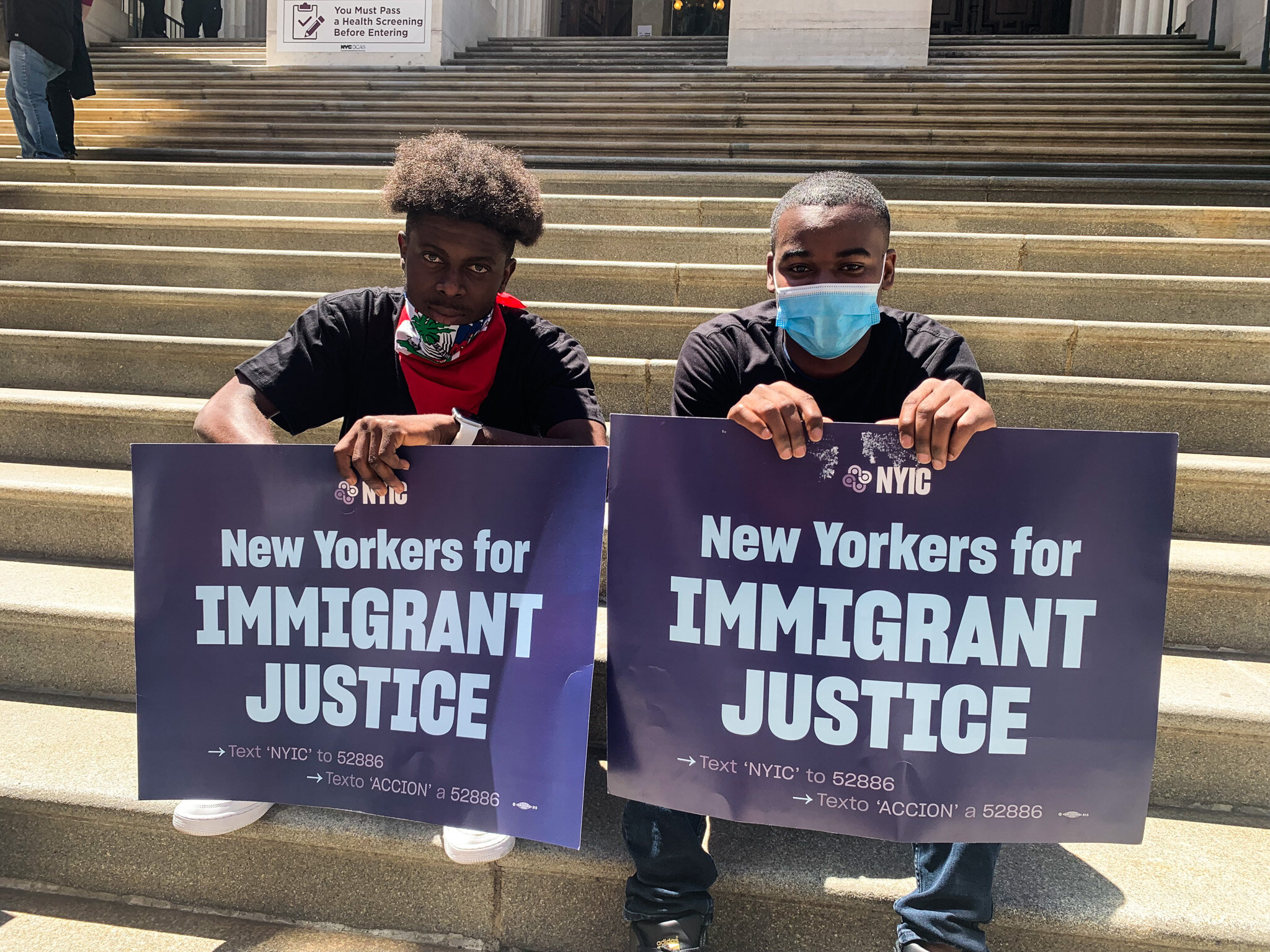
the issues
english language learners have a 40% graduation rate and a 25.6% dropout rate
4,200 older newcomer immigrant youth aged 14 to 21 are not enrolled in school
— New York Immigration Coalition’s Education Collaborative


— New York Immigration Coalition’s Education Collaborative

Newly arrived immigrant youth are largely dependent on the staff at the Family Welcome Center for making the crucial decision about which school to attend. Many of these young people lack knowledge of the New York City public school system. Flanbwayan helps families to enroll children in school every step of the way.
Older immigrant newcomers and their families do not receive counseling or orientation sessions to learn which schools can serve them best. These students are completely reliant on one enrollment counselor, versus younger eighth graders who use the regular high school application process. Subsequently, they get the seats that are left or don’t get a seat at all.
The Department of Education (DOE) must ensure that all of its programs are accessible to and supportive of ELLs. More language programs are needed in under-represented, newer immigrant communities. The DOE can expand the transfer options already in place to include an option for ELLs to transfer to a different program that would better meet their English language acquisition needs. This would address two crucial points in the ELL enrollment process that currently require clarification.
In an era of competition between schools, newcomer students who are not placed at international schools are more likely to be placed at schools that have been identified as lower-performing or “persistently dangerous,” and are likely destined for closure. Even poorly performing schools that have managed to escape closure and remain in operation are precarious places for immigrant students.
Increase language supports at transfer schools, Career and Technical Education programs, Young Adult Borough Centers, and Pathways to Graduation programs where Multilingual Learners (MLLs) demonstrate a need for intervention that is more specialized than what a general English as a New Language (ENL) program can offer. Create more specialized programs, such as night school, to meet the needs of the most vulnerable Multilingual Learners, including students with interrupted/informal education (SIFE), and young adult students who may have work and/or child care obligations during the day.